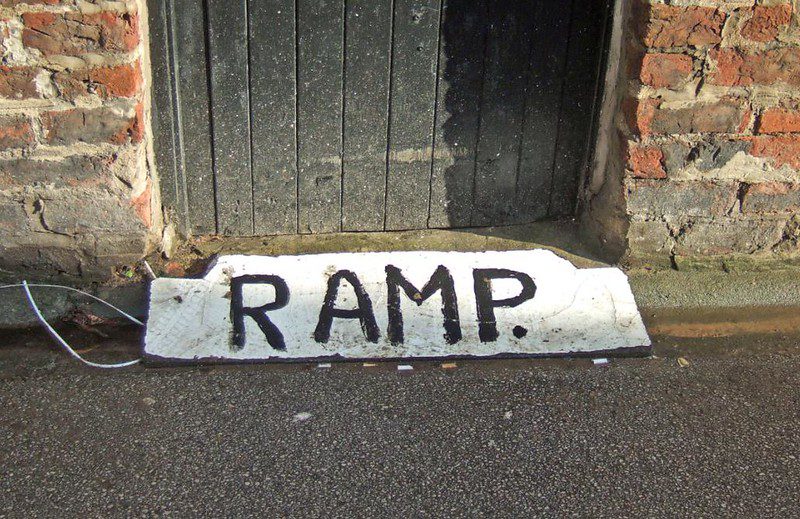
As Alan Jenkins’ earlier post on Rooflines points out, on January 21 the Supreme Court will begin to hear arguments from the state of Texas that the Fair Housing Act does not protect citizens from housing discrimination in practice under a standard known as “disparate impact.” As the justices consider whether lower-income people should have a fair and equal opportunity in their choice of housing, or whether their government can force them to live in segregated and distressed neighborhoods, they should think about people like Mary, a medical assistant and mother of three (whose name I have changed for this piece). Her story illustrates what’s really at stake if the Court agrees with the state of Texas and dismantles the disparate impact provision.
Mary, who is African-American, struggled for years to raise her children in an impoverished neighborhood in south Dallas, where the state concentrated most Low Income Housing Tax Credit (LIHTC) units. She didn’t have a choice—her job barely paid enough to support her family, and it was only through LIHTC that Mary could afford a place to live. But because the state limited LIHTC housing to the same few neighborhoods, Mary and her children spent years in an area with low economic mobility, high crime, substandard schools and unhealthy environmental conditions.
The family’s neighborhood, Turner Courts, is a textbook example of the concentration of poverty. More than half of all residents of that Census tract live below the poverty level, while the poverty rate of the Dallas metro area as a whole is only 11 percent. The neighborhood’s median family income is less than 30 percent of the area’s average MFI. According to the website NeighborhoodScout, Turner Courts suffers from more crime than 85 percent of all neighborhoods in the United States. Lincoln High School, where kids from Turner Courts go, has a dropout rate more than twice the state’s average, a lower graduation rate than the state’s average and drives more than a quarter of its students to change schools within one year.
Following a federal judge’s 2012 ruling that Texas’ concentration of LIHTC units in Dallas violated disparate impact, the state quickly came up with a plan to do what the judge directed and comply with the Fair Housing Act. In the past two years, the state has awarded funds to developers to build apartments all across the Dallas metro area, including in neighborhoods without affordable housing, with good schools and lower crime and better access to jobs.
Now, Mary and her three sons—ages 6, 9 and 15—live in Frisco, a suburb north of Dallas that is worlds away from where they were a few years ago. Their new neighborhood has a crime rate that is one-fourth of their old one’s. Mary’s eldest son, instead of attending a high school that failed the state’s accountability standard in 2014, now goes to Wakeland High, where the dropout rate is less than one percent and he is doing well enough to get into an early college program.
Texas’ appeal to the Supreme Court ignores decades of actions by the state that produced segregated apartment projects in high-poverty neighborhoods. It ignores the state’s actions that trap multiple generations of African-American Texans, like Mary and her boys, in segregated neighborhoods with poor public services and denies families an essential tool for improving their fortunes—the option to choose the community in which to live.
The Fair Housing Act prohibits discrimination by design or in practice, and it is not in dispute that LIHTC concentration in Dallas resulted in discrimination in practice. Disparate impact helped Dallas right a wrong inflicted by state government on Mary, her children and many other African-Americans. The Supreme Court needs to keep citizens like Mary in mind as it considers whether or not to permit government agencies to override Americans’ most basic civil rights.
(Photo credit: Flickr user adamr.stone, CC BY-NC 2.0)





Comments